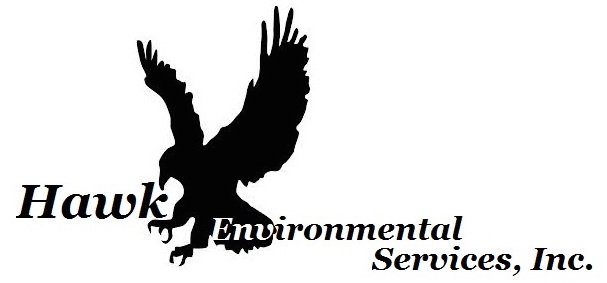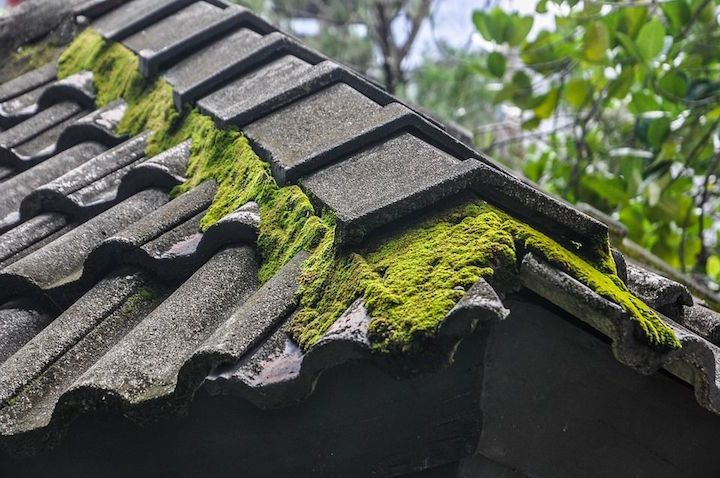Far too many businesses spend hours every summer and fall preparing carefully for the upcoming cold months without investing a similar amount of time in the late winter or early spring for the change from the cold season to the warmer season. Failing to prepare for spring can result in unexpected delays and a decrease in employee productivity as you work to correct any issues that may have developed over the long, cold winter. There’s no need to stress, however, as preparing for spring can be a straightforward process.
Checklist of Critical Spring Preparations
There are plenty of ways to prepare for spring and its impact on your business. Here is a checklist of the most critical preparations for the change to spring weather. Don’t just assume that because you performed inspections prior to the onset of winter that you’re fine until next fall! Issues could develop from something minor, like a moldy run, into something major, like indoor air quality that is severely compromised by the presence of mold spores.
Look for any obvious signs of water damage from snow/ice to the building’s exterior and make any necessary repairs before spring rains arrive.
Inspect indoor spaces, particularly basements and areas closest to the roof, for mold or wear and damage after the long winter season.
Gather and remove any old foliage or leaves from fall or last summer that have accumulated around your building’s exterior.
Have HVAC maintenance performed to ensure you’re ready to switch from heating to air conditioning.
Check your indoor air quality with a professional assessment.
The Importance of Checking for Ice Dam or Snow Damage
Your roof and its interior component, the ceiling, are critical to employee and equipment safety and longevity. When your roof fails, it can damage the ceiling inside and everything that was being protected by it. Even the sturdiest of roofs can experience compromising damage from ice dams (the build-up of heavy and thick ice) during the winter, which can become problematic when the ice melts and there’s a leak!
From mold development to the potential for water damaging your computers and machinery, a leaky roof can cost a lot of money, time, and productivity. Catching and fixing the issue early is your best option.
Checking for Winter Damage Helps Create a Safer Work Environment
Having maintenance or someone intimately familiar with the building carefully inspect it for damage or wear prior to the warmer spring weather setting in can be as important as checking for water damage. From noticing the salt damage and staining to entrance area rugs, which may eventually impact their usefulness, to checking the walls, basement, and ceiling for indications of mold growth, there are a lot of minor issues which can be found and quickly corrected following a thorough examination of the building, including its exterior and interior spaces.
Ominous Threat of Old Foliage
While accumulated leaves on the roof, in your building’s gutters, and around the bases of your landscaping may not seem like anything but a cosmetic issue, in fact, old leaves and plant material can pose a substantial risk to your building.
These dead and decaying plants and leaves can promote and hide the growth of mold and other unwanted fungus on your grounds or roof. They can also become quite heavy when saturated with water, causing issues from torn awnings over windows to blockages in the gutters that result in overflows. Don’t ignore it; clear it and have it hauled away once the snow melts.
Springtime Maintenance of HVAC Systems Is Important, Too
Most people understand the importance of having a building’s HVAC system inspected and cared for prior to the beginning of the winter. After all, one of the most important functions of an HVAC system is the production and distribution of heat during cold winter months.
However, after those months of heavy use and wear, your HVAC system may need a little tune up. From failing blower fans to worn bearings, there are a lot of minor issues that can crop up during the winter and prevent your HVAC system from operating optimally when it comes time to change it over to producing and distributing cold air instead of hot. Have it inspected and tuned up before that change!
Have a Professional Indoor Air Quality Assessment Performed
Indoor air quality can change rapidly, which is why it’s important to have indoor air quality regularly assessed. From the accumulation of dust and other human-created detritus to the spores of mold that may have grown during the winter, there are many factors that can decrease the quality of the air within your building. That air quality, in turn, can impact employee performance and health.
Because mold can grow in hidden places where your cleaning crews and staff might not see it, the best way to ensure that your business is clean and healthy for everyone is to have the air professionally tested. If there’s mold or spores, a professional air quality assessment is the fastest way to find out.
Featured photo source: Pixabay.com
Comments are closed.

